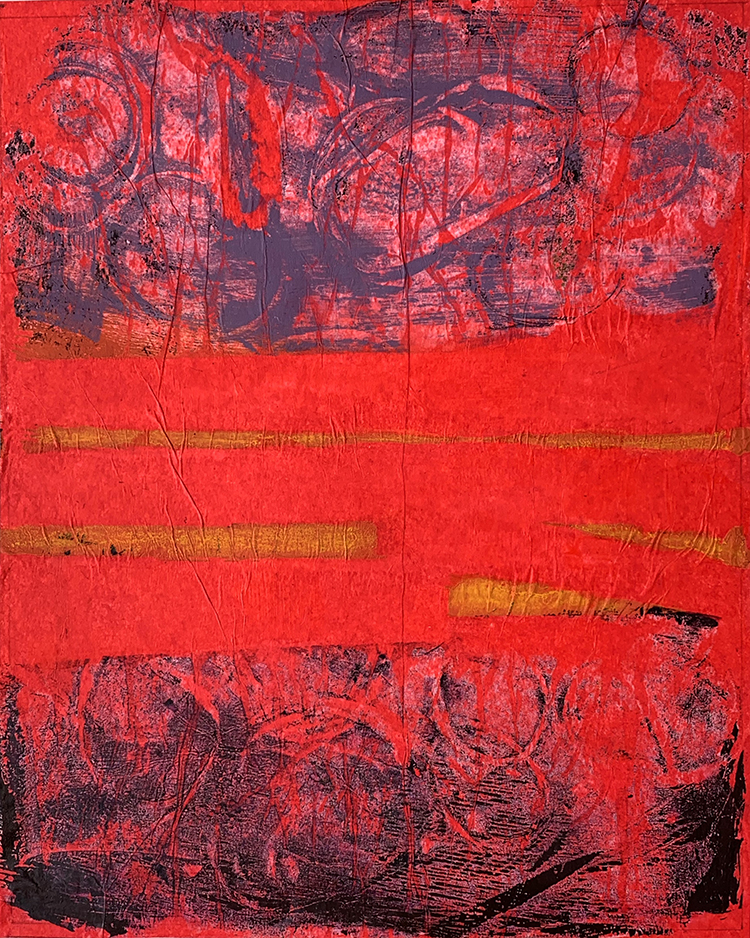Available for Purchase.
"*" indicates required fields
This submission is an inquiry of availability and details but does not guarantee a sale. Thank you for your understanding.

Anish Kapoor, Mother as a Mountain (Red), 1985
This is the first of a two-part series. Seeing Red: Part 2
I do not conceal myself: For me, delicacy manifests itself neither in weakness nor in subtlety, but through determination and will. So, I draw attention to myself. I’m not afraid of other colours, shadows, crowds or even of loneliness.
Orhan Pamuk, My Name is Red
If a picture is worth a thousand words, then a color must speak volumes. Alizarin, Cadmium, Carmine, Cinnabar, Crimson, Madder, Magenta, Scarlet, Vermilion, Venetian… A long and captivating tale of human evolution unfolds through the venerable hues we categorize as red.
The ability to see red is one thing that differentiates primates from other animals. Long ago that ability created forms of social signaling —the angry face, a sexually aroused mate, embarrassment or guilt. Over a long evolutionary history red hues have excited our brains, demanded our attention, played with our emotions. (Bulls famously cannot see red, so the matador’s red cape is for human spectators.)

Red has evolved with us. Early on it achieved primacy among the colors of the spectrum, probably because of its association with blood and fire (although modern humans identify orange and yellow as the fire hues).

Over time, as color concepts became more abstract, red became the metaphorical container for much of our human emotional experience —love, courage, rage, lust, sacrifice, warmth, martyrdom, guilt, and, in some cultures, good fortune, death and mourning.

Red became the color of revolution, and with it of radicals; of soft drinks; of danger; of Cardinals and Popes, the Devil and Cupid.
Red attached itself action, power, confidence, and dominance. Red has even been shown to enhance competitive performance—in the 2004 Olympics in Athens red-clad contestants won more fights than their blue-clad competitors.

Artists have been using red since the beginning of recorded history. Paleolithic buried their dead with red powder in order to ward off evil spirits. Some 40,000 years ago the cave painters of Altamira, in addition to black and white, used a red pigment derived from hermatite-infused clay to depict their animal abundant world.

My Name is Red , Orhan Pamuk
How the Color Red Warps the Mind
“The Red Craze” (red in fashion)

see betsy kaufman painting The story of Red.
Great resource! Stay tuned for Part 2: Pictorial Red.
Nice work Liz. I particularly like the hand over the face with the eye looking out painting of yours. I also like the Anish Kapoor red piece you included.